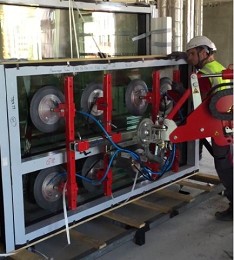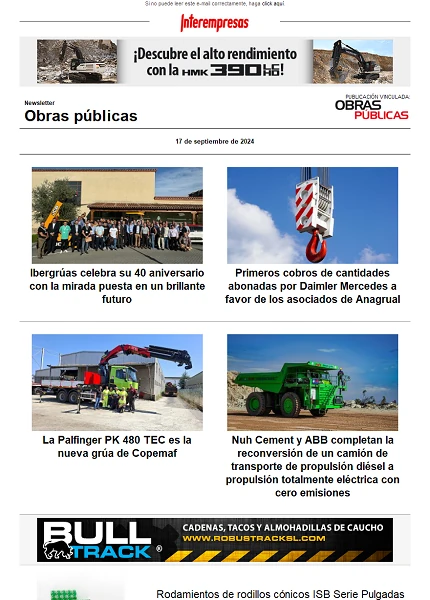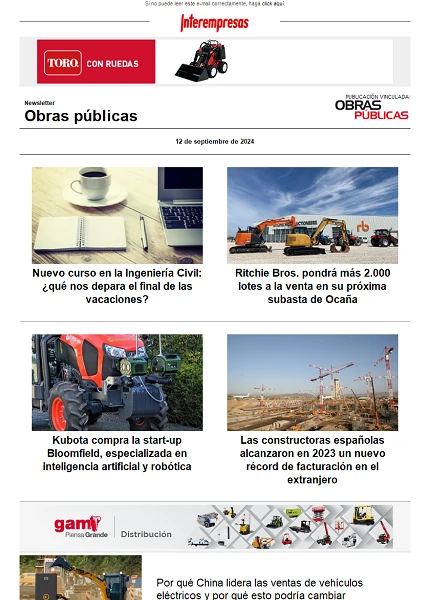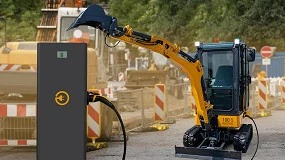Which factors guarantee the hygiene of a tunnel?
The fault of roads of leakage, the little visibility, a greater concentration of smokes and toxic gases (monoxide of carbon) and, in case of fire (the gravest incident that can produce inside a tunnel), the combination of smoke, heat, panic and reduced roads of leakage are circumstances that do evident that the measures of hygiene in the tunnels are not a secondary subject.
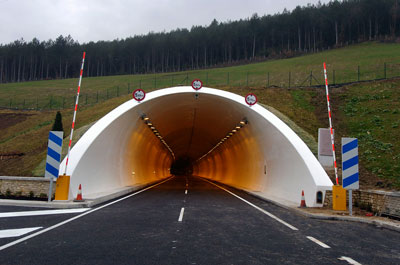
Today, the new tunnels built already are gifted, generally, with systems of hygiene that include sticks of help, lighting, enclosed circuit of television, variable signaling, detection of smokes and fires, ventilation, electrical supply, extinguishers and exits of emergency. Some equipment that, however, do not exist in the ones of more ancient construction. Besides, there are not two equal tunnels, by what the suitable systems for one can not being the ideals in another. In this appearance influences the volume or the type of traffic that circulates, the different behaviours of the winds, the outline or the terrain.
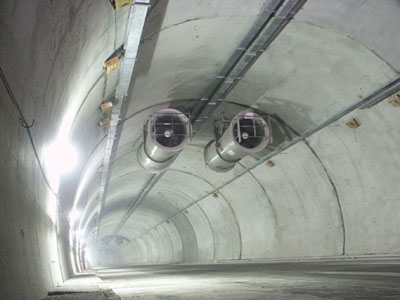
Which factors mark if a tunnel is safe or no?
The tunnels are important elements of infrastructure that facilitate the communication between the big regions of the European Union (EU) and, therefore, essential for the transport of long distance and for the development of the regional economies.
In this context and to attain the aim of maximum hygiene, the agents of the tunnels have the obligation to create infrastructures each safer day, being able to in this way demand to those drivers that infrinjan the norms a greater responsibility in the production and therefore, in the consequences of an accident.
In the first place will have to be the headlines of the tunnel those who keep a constant effort after providing to the user a level of hygiene adapted in the interior of the gallery that manage. The program EuroTAP (European Tunnel Assessment Programme), in which they work several car clubs Europeans, and in which it collaborates the European Union, inspects every year the level of hygiene of the stretches of road that save under earth the orographic difficulties of our continent. The responsible engineers of the project analyse afanosamente the potential of hygiene and the potential of risk of the tunnels designated for the study, with the commitment to give to know the results obtained so that they are taken the suitable measures.
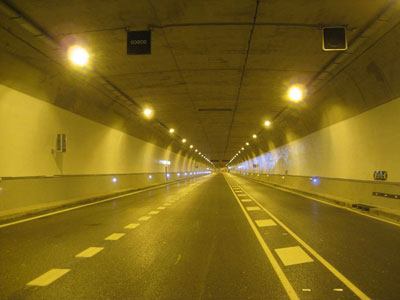
Potential of hygiene and potential of risk
The “potential of hygiene” bases in the analysis of diverse appearances to the hour to evaluate the design of the tunnel, the lighting and the energetic system, the level of traffic and his surveillance, the systems of communication, the roads of leakage and rescue, the protection against fires, the systems of ventilation in case to produce a fire and the gestión of emergencies.
Each one of these big categories includes subcategorías like the number of tubes of the tunnel, the luminosidad of the walls, the width and design of the lanes, the geometry and design of lanes of emergency, zones of stop of emergency and arcenes of emergency, the design of the mouth of the tunnel, the paving of the shod, the outline, the lighting of emergency and identification of the roads of leakage in the tunnel, the prevention of smokes in the roads of external leakage and resistance to the fire of the doors, the protection against fire in the structure of the tunnel, the installation of fireproof cables, the existence of a system of drainage for flammable or toxic liquids, the capacity of investment of the fans... And like this until more than 200 parameters
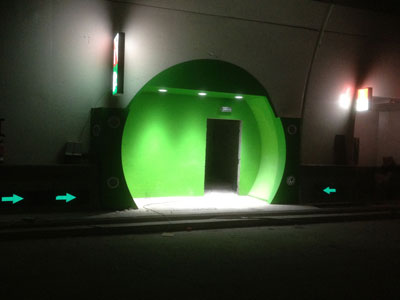
The “potential of risk”, by his part, studies the annual volume of traffic, the number of trucks of big tonelaje that happen each day by each tube of tunnel, if the circulation produces in one or two senses, the number of vehicles by hour and lane, the transport of dangerous matters, the maximum longitudinal slope and other risks, like accesses and exits, intersections, etc.
The combination of these two parameters (potential of hygiene and potential of risk) awards a punctuation to each one of the tunnels inspected, being classified in five levels, from very satisfactory to very unsatisfactory.
The utility of these reports puts of self-evident with the improvements llevar by the organisms that commission of the maintenance of the tunnels that are studied.
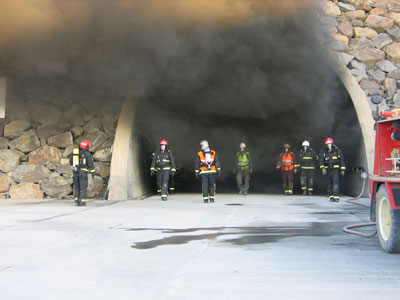
Deficiencies more frequent
According to the European report of evaluation of tunnels 'Eurotap 2010', the last of the that have data published, the autonomous respiratory equipment occupied the first place in the list of failures. In an incredible 54% of the tunnels inspected, the maximum time of use of the autonomous respiratory equipment available for the firemen was of an hour and, even, less. This means, that in determinate circumstances, although the respiratory team have been designed to be used during an hour, would not subtract sufficient time as to extinguish the fire or llevar other measures of rescue.
The nonexistence of speakers was another important failure that found . In more than the third part of the tunnels there are not speakers to inform on any incidence to the drivers that are crossing the tunnel, as well as neither so that the personnel of the tunnel give instructions.
More than a fourth part of the tunnels did not have installed hydrants in the mouths and almost a fourth part of the tunnels lacked barriers to close the tunnel and/or of informative panels in front of the mouths. Of similar way, the dark walls in one of each four tunnels create a sinister atmosphere, the communication using the telephones of emergency results difficult and does not exist signaling for the roads of leakage. In fact, 19% of the tunnels lacks something that takes for granted, that is to say, sufficient lighting and reception of radius traffic along all the tunnel. In 19% of the tunnels, neither realised learnings of emergency with regularity or did not offer the possibility to avoid that the smokes of a fire penetrated in the neighbouring tube.
Is to expect that in Spain go resolving all these deficiencies in the near future, since, unless they announce new cuts, the Ministry responsible for public works has foreseen to invest 360 million euros in Plans to improve the hygiene of 280 tunnels through distinct agreements of works that will be executed of progressive form until 2016.
What says the Law?
The Managerial EU on minimum requirements of hygiene for tunnels of the network transeuropea of roads (2004/54/EC) approved in April of 2004. However, although the Managerial EU poses exigencias in matter of hygiene to a tunnel, with frequency these do not arrive to do reality. For example, they mention arcenes of emergency, but do not specify concrete data on his minimum width or design (to one or both sides). When treating of minimum requirements, said Managerial has been surpassed widely in some countries of the EU by national regulations. In the case of Spain, the legislation that regulates the parameters of hygiene in a tunnel, so much in his phase of construction as in his back set up and exploitation, is the Royal decree 635/2006. In the frame of said rule does reference in a lot of occasions to the need to elaborate an analysis of risks to determine in which circumstances has to apply or no determinate norm. The methodology to be followed to elaborate said analysis of risks has not been required never inside the Law, what has created during these last numerous years ambiguities that have seen amended recently with the publication to finals of the month of May of this year of the Methodology of analysis of risk in tunnels of the Network of Roads of Spain (RCE).




